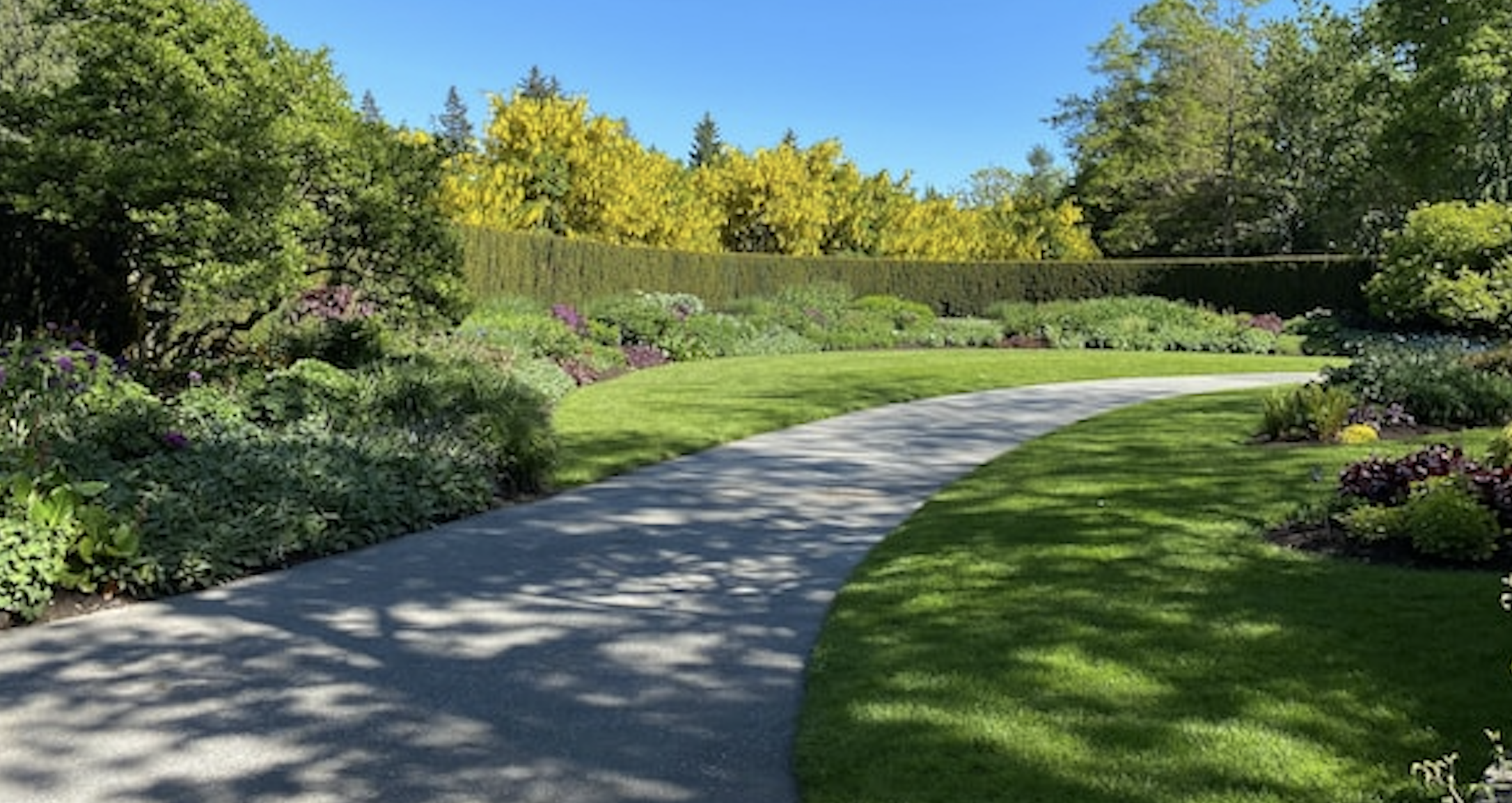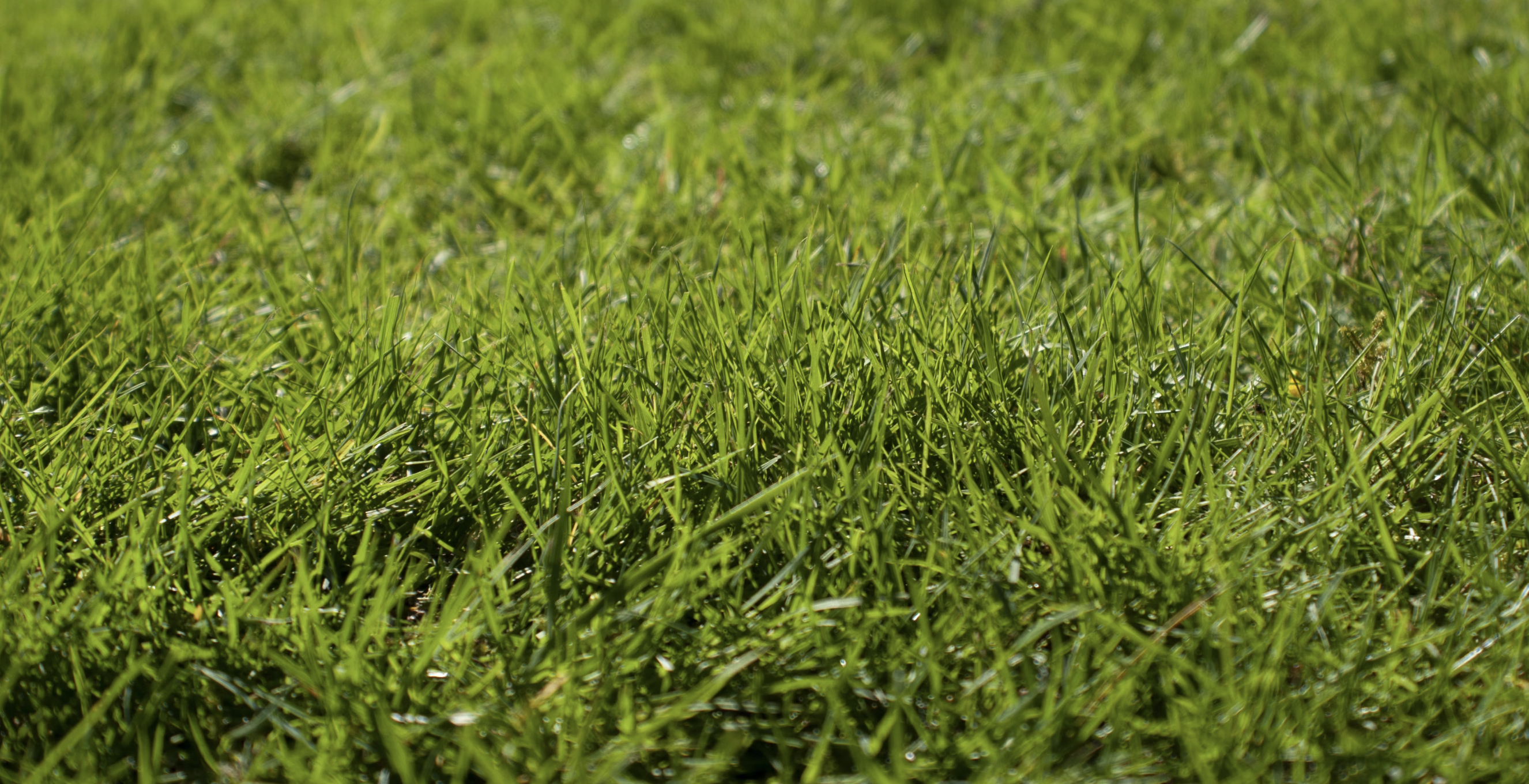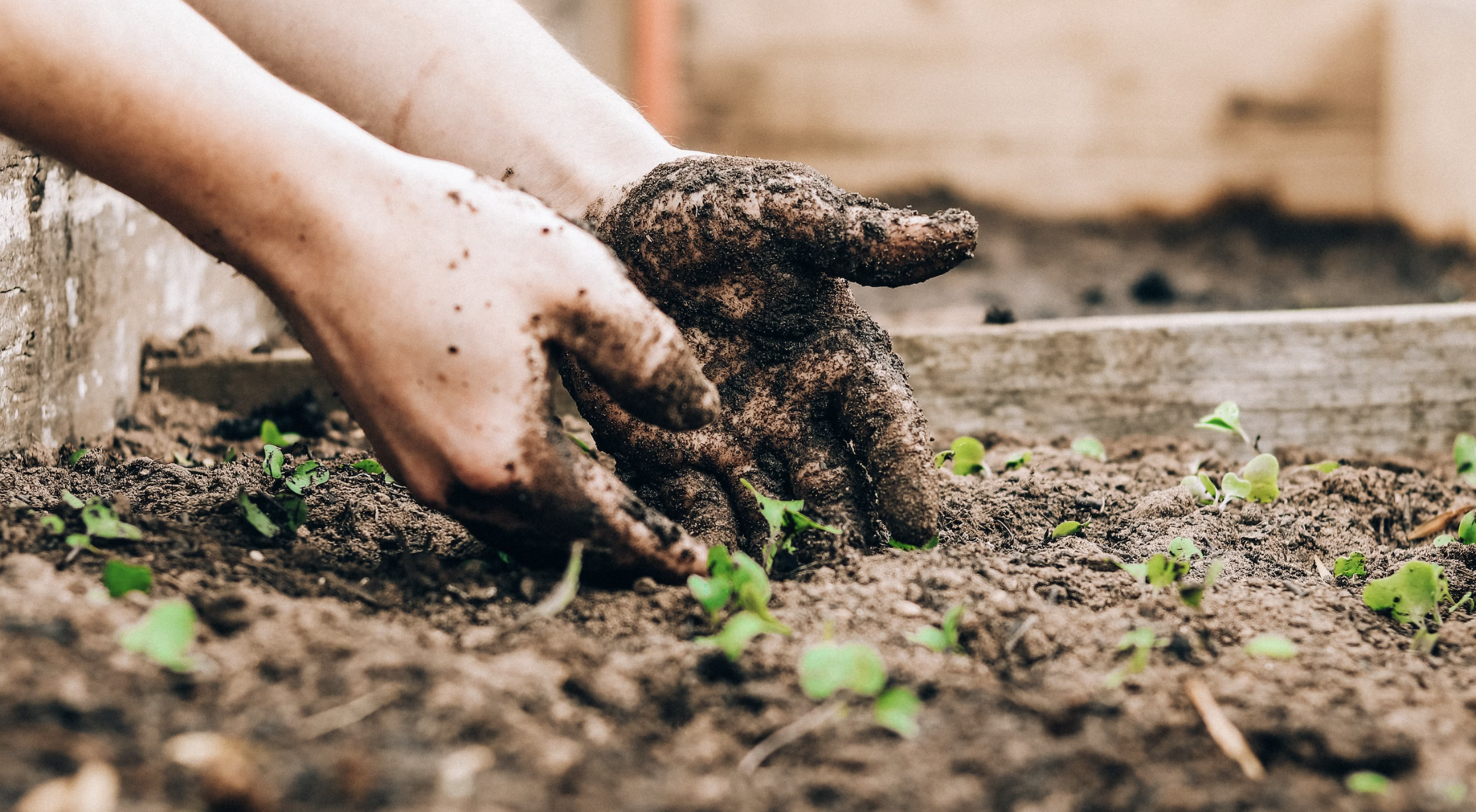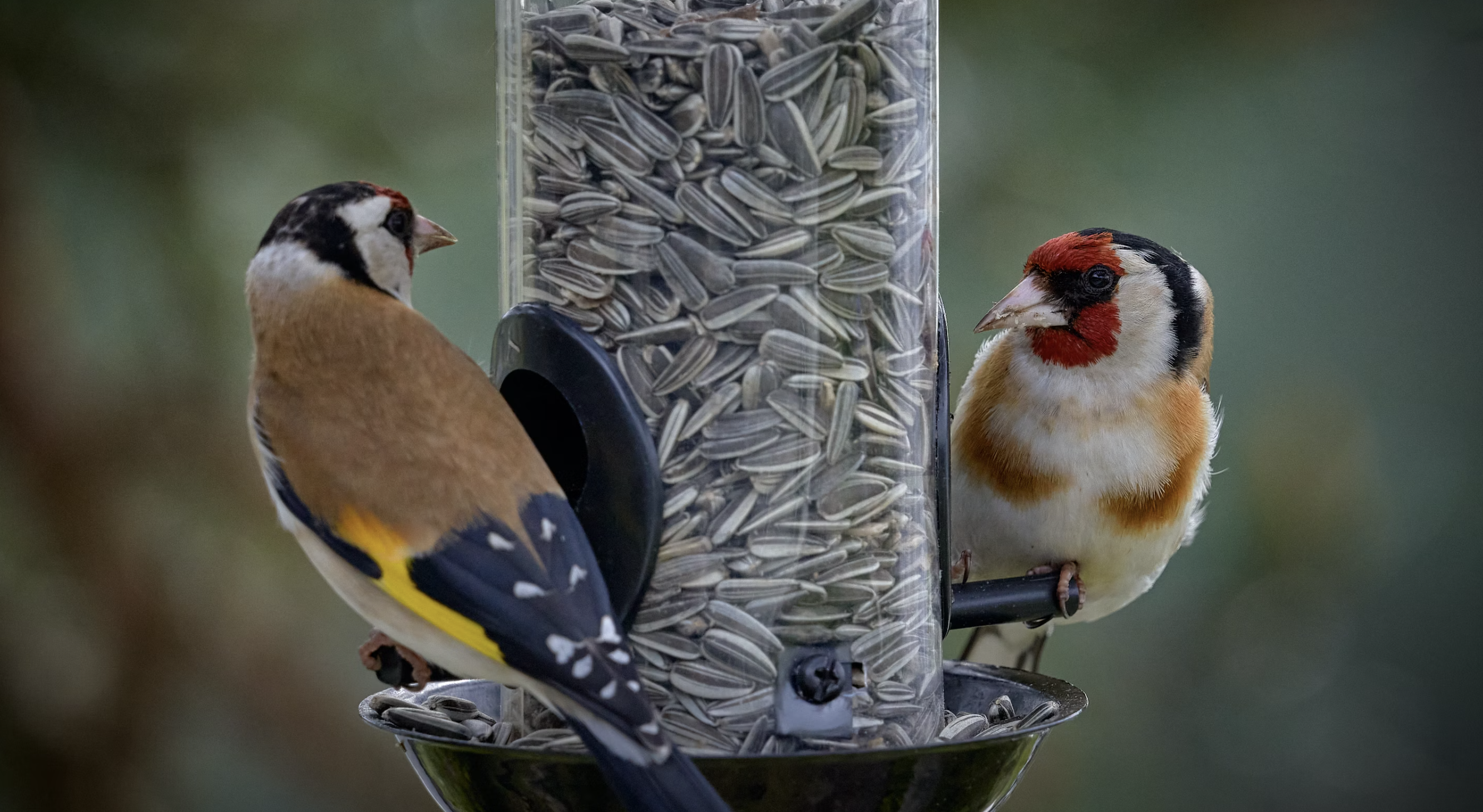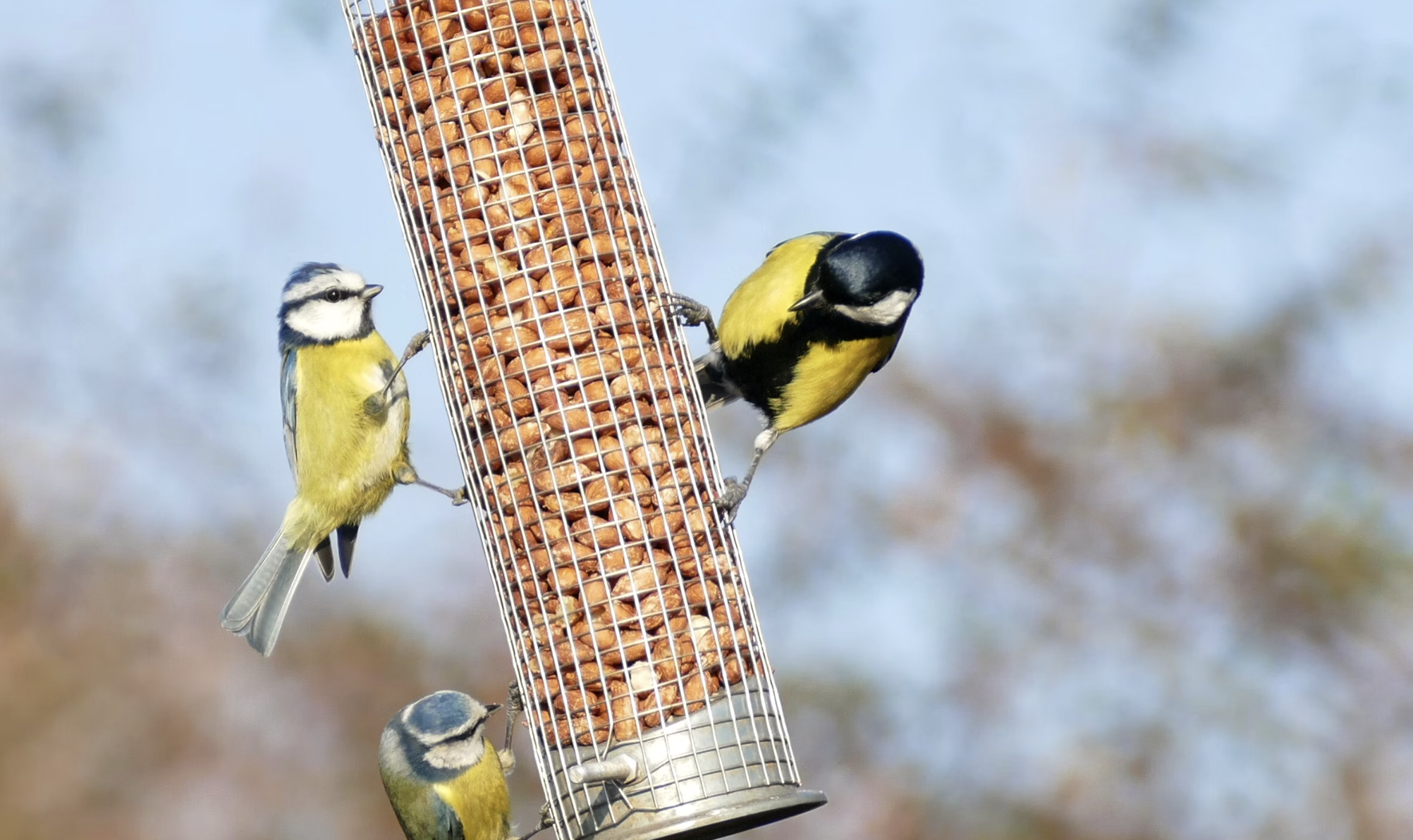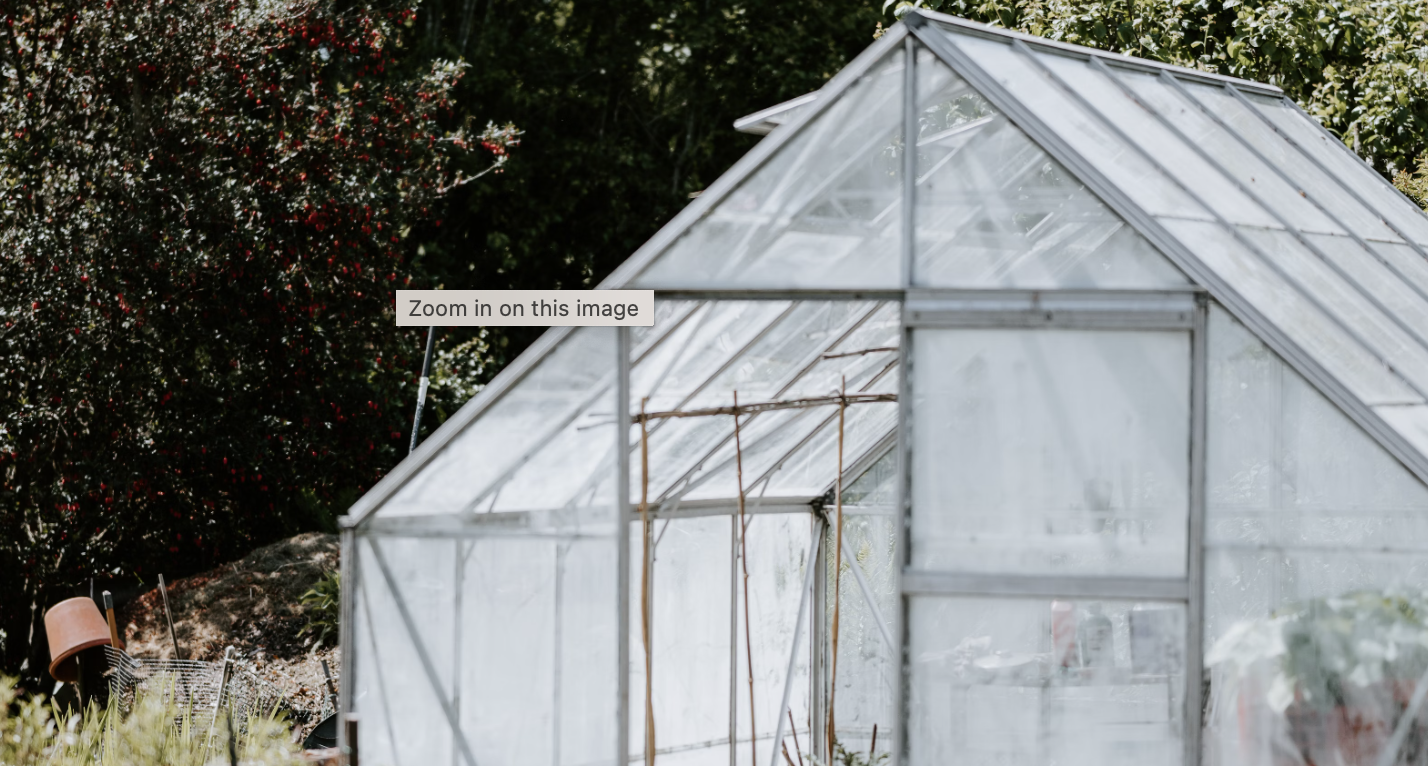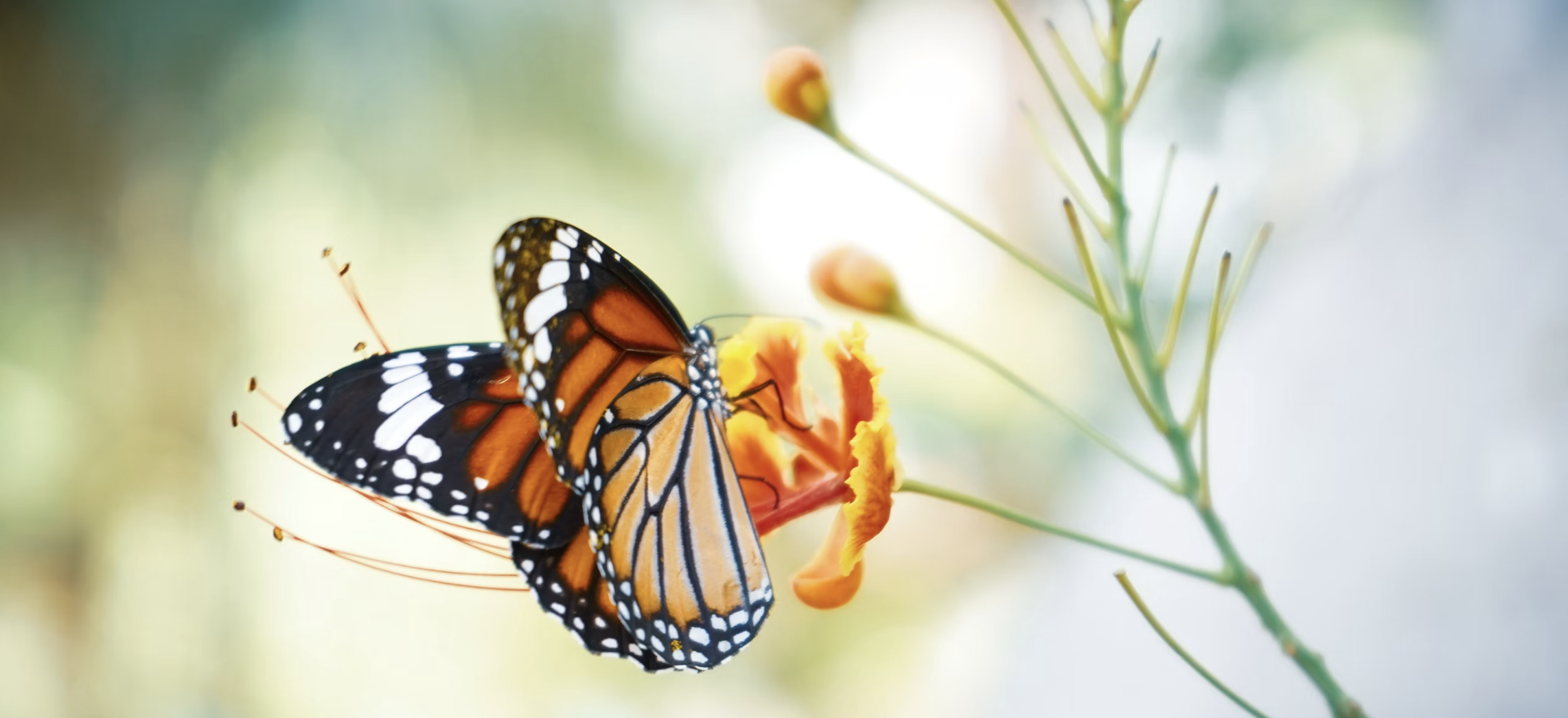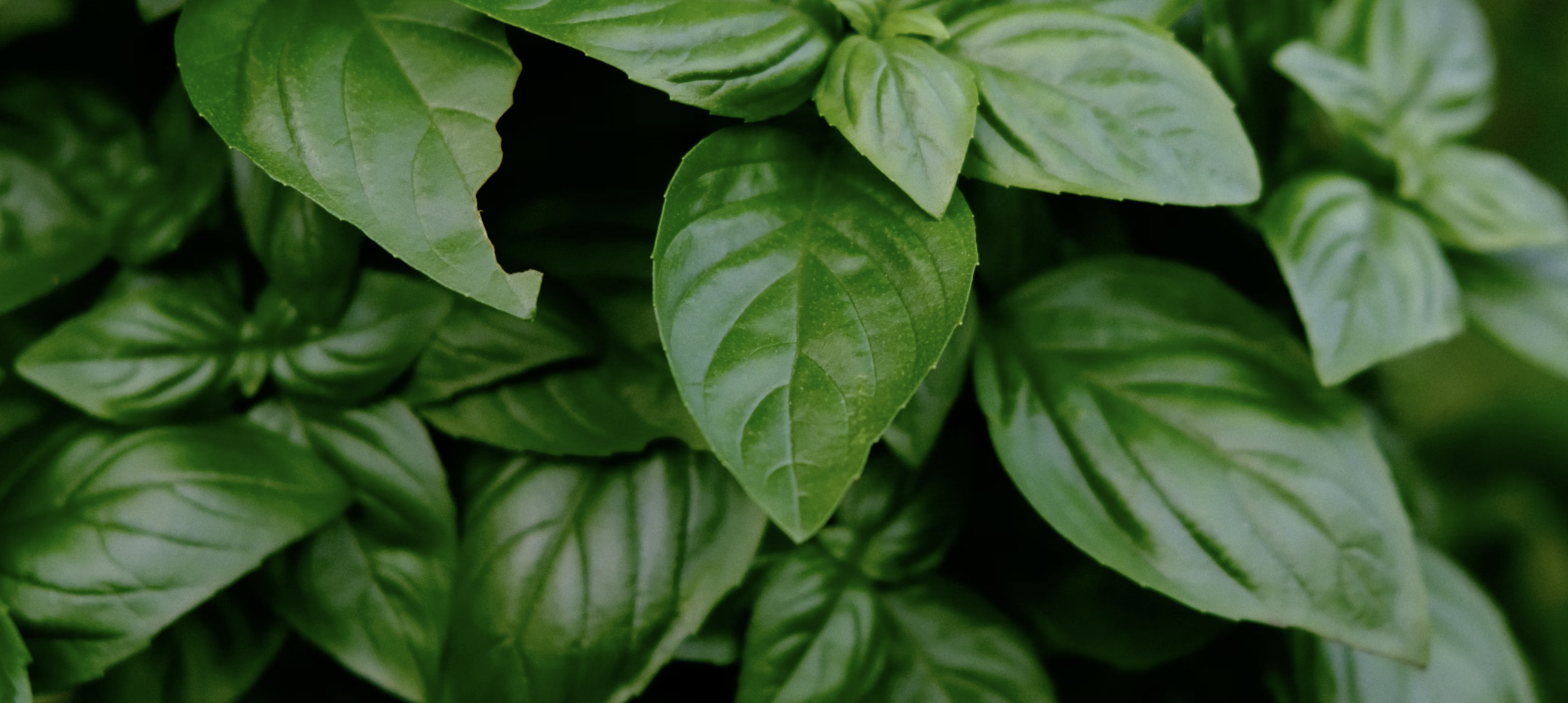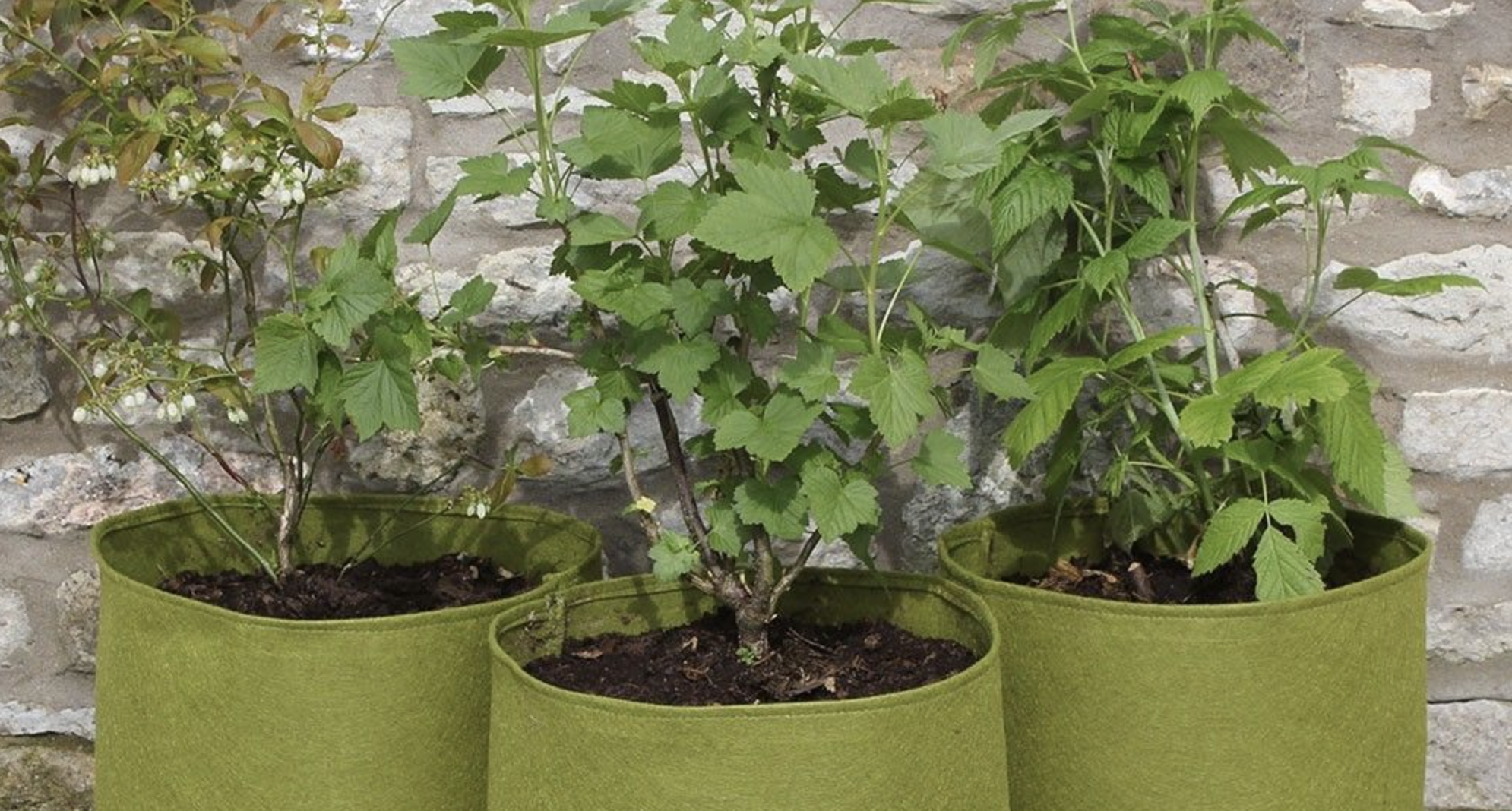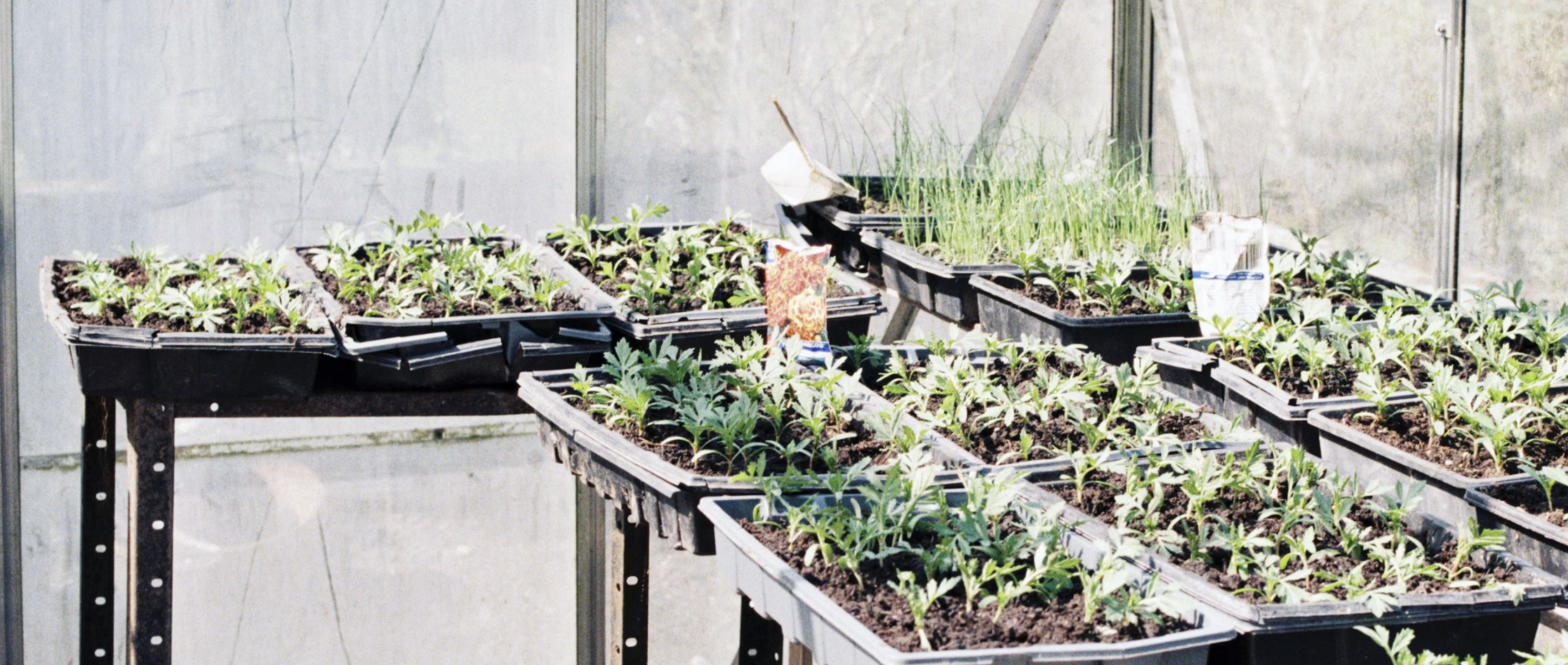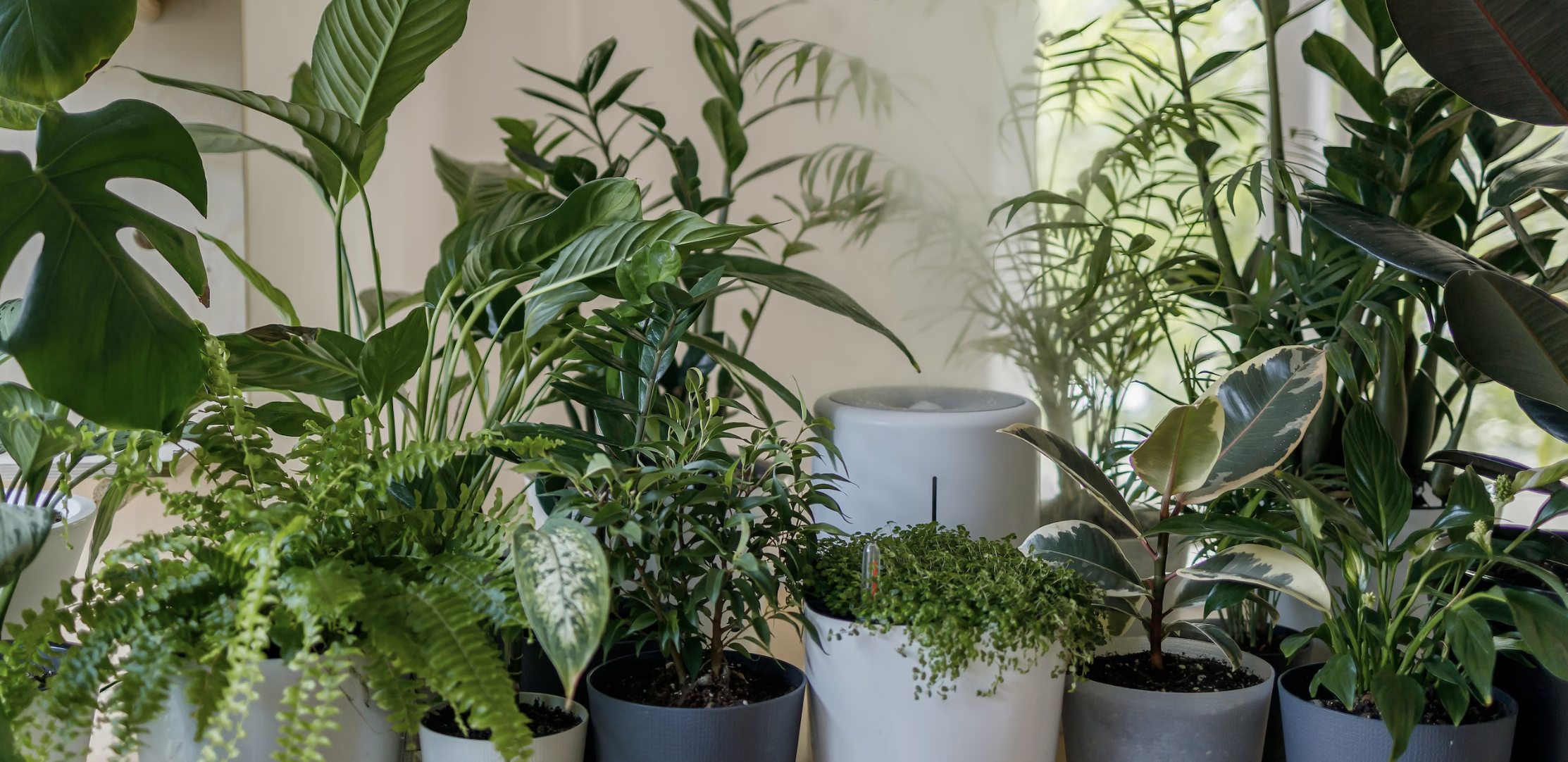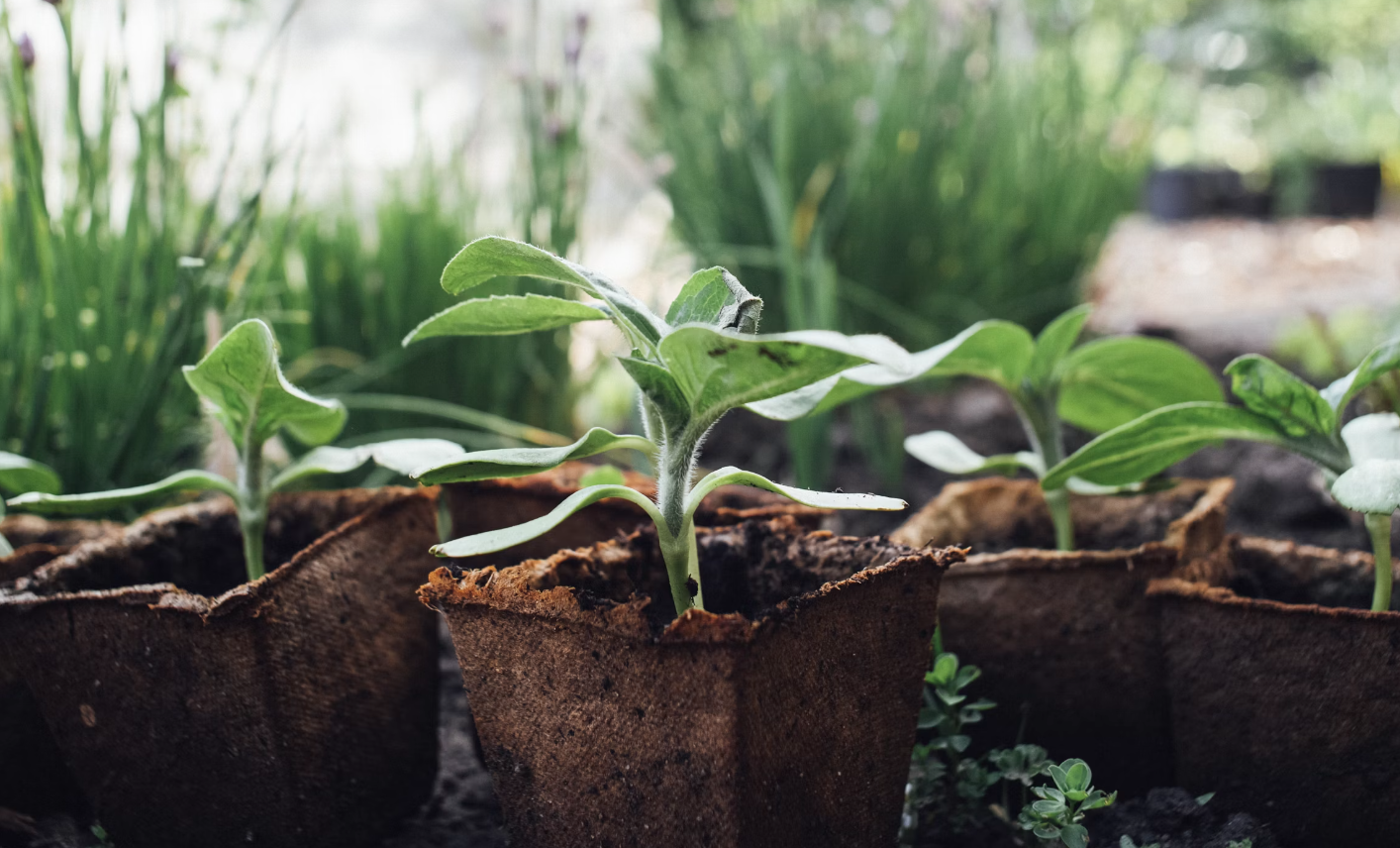
Do you want to expand your garden without breaking the bank? Mastering the art of propagation is the key! Whether you're a seasoned gardener or a beginner, learning how to grow new plants from cuttings and seeds can save you money and give you a sense of accomplishment. In this article, we'll delve into the world of propagation and share tips and tricks to help you succeed.
Propagation is not just about growing more plants; it's a way to preserve the genetics and special characteristics of your favorite plants. By taking cuttings or collecting seeds, you can create exact replicas or experiment with cross-breeding to create unique varieties.
From understanding the different plant propagation techniques to knowing the right tools and timing, we'll guide you through the journey step by step. Discover the secrets behind successful propagating, such as the proper use of rooting hormones, providing the ideal conditions for growth, and nurturing the plants until they're ready to thrive in their new homes.
Get ready to unlock your green thumb and unleash your creativity in the garden. Let's dive into the world of propagation and watch your garden flourish!
Benefits of plant propagation
Propagation is the process of creating new plants from existing ones. It allows you to reproduce plants asexually, meaning without the need for pollination. This method ensures that the new plants have the same genetic makeup as their parent plants. There are two primary methods of plant propagation: vegetative propagation and seed propagation.
Vegetative propagation involves taking cuttings from a parent plant and encouraging them to develop roots and grow into new, independent plants. This method is commonly used for plants that do not produce viable seeds or for those that have desirable traits that need to be preserved. Some plants that can be propagated through cuttings include succulents, herbs, and certain flowering plants.
On the other hand, seed propagation involves collecting and planting seeds to grow new plants. This method is suitable for plants that produce abundant and viable seeds. Seed propagation allows for genetic diversity as it involves sexual reproduction through pollination. It's a great way to experiment with cross-breeding and create new varieties of plants.
Different methods of plant propagation
There are several benefits to mastering the art of propagation. Firstly, it allows you to expand your garden without purchasing new plants. By propagating plants from cuttings or seeds, you can save money and create a lush garden filled with your favorite varieties.
Secondly, propagation is a way to preserve the genetics and characteristics of your favorite plants. By creating exact replicas through vegetative propagation, you can ensure that the unique traits you love are passed down to future generations.
Thirdly, plant propagation allows you to experiment and create new varieties. By cross-breeding plants through seed propagation, you can combine desirable traits from different plants and develop unique hybrids. This opens up a world of creativity and discovery in your garden.
Choosing the right plants for propagation
There are several methods of plant propagation, each suitable for different types of plants and conditions. Let's explore some of the most common methods:
1. Stem Cuttings: This method involves taking a stem cutting from a healthy parent plant and encouraging it to root and grow into a new plant. Stem cuttings can be taken from softwood, semi-hardwood, or hardwood depending on the plant and the time of year.
To propagate a plant through stem cuttings, select a healthy stem, remove any leaves from the lower portion, and dip the cut end in a rooting hormone. Place the cutting in a well-draining potting mix and provide the right conditions for root development.
2. Leaf Cuttings: Leaf cuttings are a popular method for propagating succulents and certain houseplants. This method involves taking a leaf from the parent plant and allowing it to develop roots and grow into a new plant.
To propagate a plant through leaf cuttings, gently remove a healthy leaf from the parent plant, making sure to include the base where it connects to the stem. Allow the leaf to callus over for a few days before placing it on top of a well-draining potting mix. Water sparingly until roots and new growth appear.
3. Division: Division is a method commonly used for perennials and grasses. It involves dividing the parent plant into smaller sections, each with its own set of roots, shoots, and leaves.
To propagate a plant through division, carefully dig up the parent plant and separate it into smaller sections using a sharp, sterilized tool. Ensure that each section has enough roots and foliage to sustain itself. Replant the divided sections in suitable locations and provide proper care until they establish themselves.
4. Layering: Layering is a technique where a branch or stem of a parent plant is bent or buried in the soil, encouraging it to develop roots while still attached to the parent plant. Once roots have formed, the layered section can be separated and grown as an independent plant.
To propagate a plant through layering, select a suitable branch or stem and bend it towards the ground. Make a small cut or scrape the bark to encourage root development. Bury the wounded section in the soil, leaving the tip exposed. Once roots have formed, cut the layered section from the parent plant and transplant it to its new location.
These are just a few examples of the many methods of plant propagation. Each method has its own requirements and benefits, so it's essential to research and understand the specific needs of the plants you wish to propagate.
Preparing for plant propagation
Not all plants are suitable for propagation, as some may be difficult to propagate or require specific conditions to succeed. To increase your chances of success, it's important to choose plants that are known to propagate well. Here are some factors to consider when selecting plants for propagation:
1. Hardiness: Choose plants that are well-suited to your climate and growing conditions. Hardy plants tend to be more resilient and have a higher chance of success in propagation.
2. Health: Select plants that are healthy and free from pests or diseases. Propagating from healthy plants ensures that the new plants have a strong start and are less susceptible to problems.
3. Desirable Traits: Consider propagating plants that have desirable traits, such as unique foliage, beautiful flowers, or exceptional fragrance. By propagating these plants, you can preserve their special characteristics and share them with others.
4. Availability of Seeds or Cuttings: Check if the plants you wish to propagate produce viable seeds or are suitable for stem or leaf cuttings. Some plants may require specific techniques or special considerations to successfully propagate.
By carefully selecting plants that meet these criteria, you'll increase your chances of successful propagation and create a garden filled with thriving plants that bring you joy.
Steps for successful propagation
Before you start propagating plants, it's important to gather the necessary tools and prepare the right conditions for success. Here's what you'll need:
1. Propagation Tools: Invest in a set of quality gardening tools, including sharp pruning shears, a clean knife or scalpel for taking cuttings, clean pots or containers, and a well-draining potting mix. Having the right tools will make the process easier and improve your chances of successful propagation.
2. Rooting Hormones: Rooting hormones are substances that stimulate root development in cuttings. They come in various forms, such as powders, gels, or liquids. Using rooting hormones can significantly increase the success rate of rooting cuttings and help establish healthy new plants.
3. Growing Environment: Create an environment that promotes successful propagation. Provide adequate lighting, temperature, and humidity levels based on the specific requirements of the plants you're propagating. Some plants may require a warm and humid environment, while others may prefer cooler temperatures and lower humidity.
4. Timing: Timing is crucial when it comes to plant propagation. Research the optimal time to take cuttings or collect seeds for the plants you're propagating. Some plants may need to be propagated during specific seasons or growth stages to maximize success.
By preparing your tools, rooting hormones, and growing environment in advance, you'll be well-equipped to start propagating your favorite plants and set them up for success.
Common challenges and troubleshooting tips
Successful propagation requires attention to detail and adherence to specific steps. Follow these general steps to increase your chances of success:
1. Select Healthy Parent Plants: Choose healthy parent plants that exhibit the desirable traits you wish to propagate. Ensure they are free from pests or diseases and in their prime condition.
2. Prepare the Propagation Materials: Gather your tools and prepare the necessary materials, such as pots, potting mix, and rooting hormones. Ensure everything is clean and in good condition.
3. Take Cuttings or Collect Seeds: Depending on the propagation method you're using, take stem cuttings or collect seeds from the parent plants. Follow proper techniques for each method to ensure the best chances of success.
4. Prepare the Cuttings or Seeds: Trim the cuttings to the appropriate size, removing any excess leaves or flowers. If using seeds, clean and dry them before planting. Some seeds may require scarification or stratification to improve germination rates.
5. Apply Rooting Hormones (if necessary): If using stem cuttings, dip the cut end in a rooting hormone to promote root development. Follow the instructions provided with the rooting hormone for the best results.
6. Plant the Cuttings or Seeds: Place the cuttings or seeds in the prepared pots or containers filled with a well-draining potting mix. Ensure the cuttings are planted at the right depth and the seeds are evenly spaced.
7. Provide Ideal Growing Conditions: Place the pots or containers in a suitable location that provides the right amount of light, temperature, and humidity for the specific plants you're propagating. Monitor and adjust the conditions as needed.
8. Water and Maintain: Water the cuttings or seeds regularly, keeping the potting mix moist but not waterlogged. Monitor the plants for any signs of stress or disease and take appropriate action if necessary.
9. Monitor for Root Development or Germination: Keep a close eye on the cuttings or seeds for signs of root development or germination. This process can take several weeks, so be patient and provide the necessary care during this time.
10. Transplant or Pot Up: Once the cuttings have developed roots or the seeds have germinated and grown into seedlings, it's time to transplant them into their permanent homes or larger pots. Handle the plants carefully to avoid damaging the delicate roots or young shoots.
By following these steps and providing the necessary care, you'll increase your chances of successful propagation and enjoy the satisfaction of growing new plants from cuttings or seeds.
Caring for newly propagated plants
Propagation can sometimes be challenging, especially for beginners. Here are some common challenges you may encounter during the process and tips to overcome them:
1. Root Rot: Overwatering or poorly draining potting mix can lead to root rot, causing the cuttings or young seedlings to wilt and eventually die. Ensure that the potting mix is well-draining and water the plants only when necessary.
2. Lack of Root Development: If the cuttings are not developing roots, it may be due to improper environmental conditions or inadequate use of rooting hormones. Adjust the growing conditions and double-check the application of rooting hormones.
3. Diseases and Pests: Plants propagated from cuttings or seeds can be susceptible to diseases and pests. Monitor the plants closely and take appropriate action if you notice any signs of infestation or disease. Use organic methods whenever possible to minimize harm to the plants and the environment.
4. Slow Germination: Some seeds may take longer to germinate than others. Be patient and provide the necessary conditions for germination. If the seeds still fail to germinate after an extended period, it may be necessary to reevaluate the viability of the seeds or try different techniques.
5. Weak Seedlings or Cuttings: Weak or leggy seedlings or cuttings can be a result of inadequate lighting or overcrowding. Ensure that the plants receive sufficient light and provide enough space for each plant to grow and develop properly.
Remember that propagation is a learning process, and not every attempt may be successful. Don't be discouraged by failures and use them as opportunities to learn and improve your techniques.
Advanced techniques in plant propagation
Once the cuttings have developed roots or the seeds have germinated and grown into seedlings, it's important to provide the proper care to ensure their continued growth and success. Here are some tips for caring for newly propagated plants:
1. Gradually Acclimate: Before transplanting the newly propagated plants into their permanent locations, gradually acclimate them to outdoor conditions. Start by placing them in a sheltered spot for a few hours each day, gradually increasing the exposure to sunlight and outdoor elements.
2. Watering: Water the plants regularly, keeping the potting mix moist but not waterlogged. Avoid overwatering, as it can lead to root rot. Monitor the moisture levels and adjust the watering frequency as needed.
3. Fertilization: Newly propagated plants may benefit from a balanced fertilizer to provide essential nutrients for growth. Choose a fertilizer specifically formulated for young plants and follow the instructions for application. Avoid over-fertilizing, as it can cause nutrient burn or stunted growth.
4. Protection from Elements: Protect the young plants from extreme weather conditions, such as strong winds, heavy rain, or intense sunlight. Use temporary covers or provide shade to shield the plants until they become stronger and more resilient.
5. Pruning and Shaping: As the plants grow, prune them as needed to maintain their shape and encourage bushier growth. Pinch back the tips of the plants to promote branching and fuller foliage.
6. Staking or Support: Some plants may require staking or support as they grow to prevent them from bending or breaking. Use stakes, trellises, or other suitable support structures to keep the plants upright and stable.
By providing the right care and attention, your newly propagated plants will thrive and become valuable additions to your garden.
Conclusion
Once you've mastered the basics of plant propagation, you may want to explore advanced techniques to further expand your gardening skills. Here are some advanced techniques you can experiment with:
1. Grafting: Grafting is a technique that involves joining the stem or bud of one plant (the scion) to the rootstock of another plant. This allows you to combine the desirable traits



